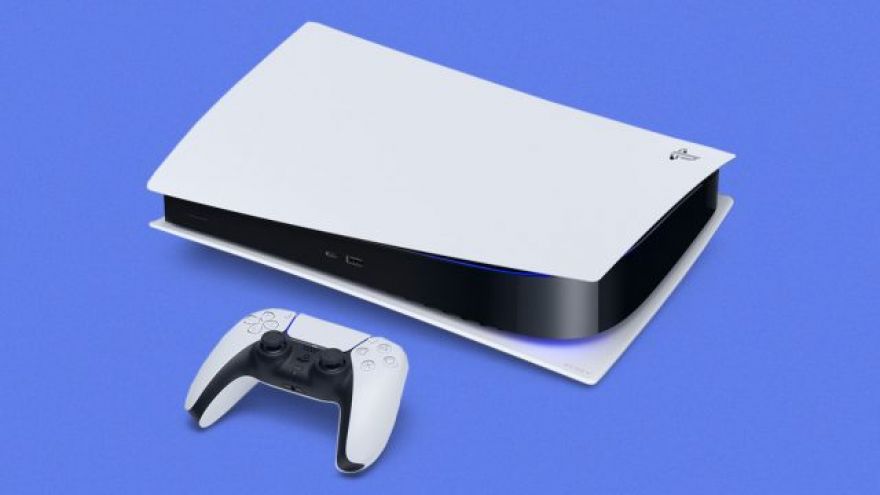
After more than a year and a half, it’s still almost impossible to purchase a new game console for retail price. Sure, there’s supply if you don’t mind a 50-75 percent markup, but everyone should mind that. Thankfully, Sony might be riding to the rescue soon. The maker promises it’s going to ramp up production to unprecedented levels. We’ll believe it when we see it, but it’s still encouraging to hear. The PlayStation 5 and Xbox One X launched at the tail end of 2020, right in the midst of a historic shortage of components and a once-in-a-century viral pandemic that kept people at home and bored.

(Photo: Northwestern University)Engineers at Northwestern University have created micro-robots that mimic the peekytoe crab—but on an almost unbelievably smaller scale. The half-millimeter “crabs” constitute the world’s smallest remote-control robots. Smaller than a flea, they’re able to walk along the edge of a penny or thread a sewing needle. Despite (or perhaps because of) their size, the micro-robots are able to “bend, twist, crawl, walk, turn and even jump,” giving researchers hope that tiny robots may someday be able to perform tasks for humans in highly-constrained environments. “You might imagine micro-robots as agents to repair or assemble small structures or machines in industry or as surgical assistants to clear clogged arteries, to stop internal bleeding or to eliminate cancerous tumors—all in minimally invasive procedures,” said bioelectronics engineer John A.
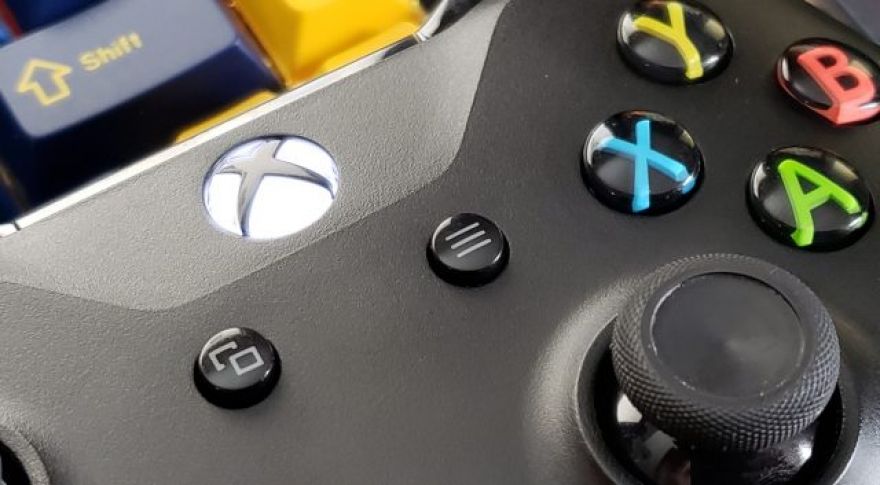
Microsoft is putting a lot of energy into promoting its Game Pass subscription services. While it’s not included in the base subscription, Microsoft’s Xbox Cloud Gaming (formerly xCloud) could be its big play for the future, but that future might be a little further off than we thought. Microsoft confirms it was working on a streaming dongle code-named Keystone, but it has . Microsoft’s Game Pass offerings are a bit convoluted, spanning both PC and Xbox with platform-specific subscriptions and an all-in sub that adds cloud gaming. That $15 per month Ultimate plan lets you download a selection of titles on your local gaming hardware (PC or Xbox), but you can also stream a subset of games to a browser, mobile device, Xbox, or PC.
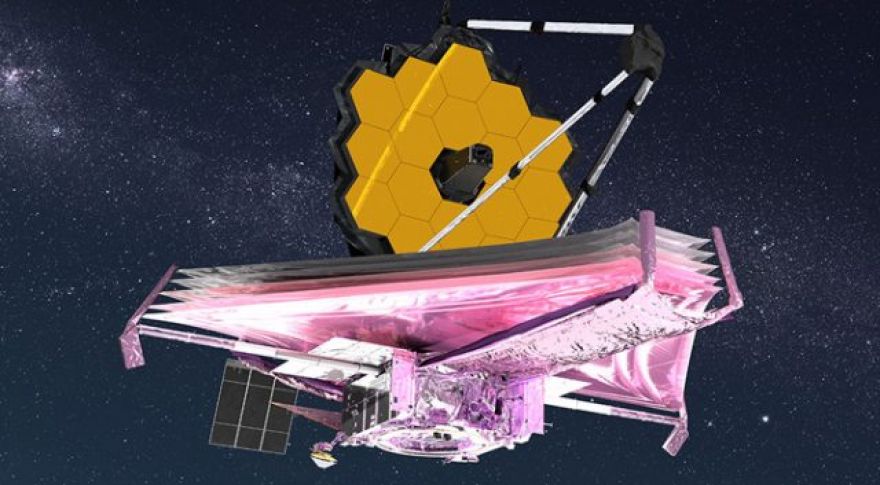
The James Webb Space Telescope (JWST) has been in space for about six months, which is just a fraction of the time NASA spent designing and building it. All that effort is about to pay off, though. Webb will begin science operations this summer, and some of its first targets . These planets, 55 Cancri e and LHS 3844 b are in a category of larger rocky exoplanets known as super-Earths. Webb could provide scientists the best view yet of terrestrial planets outside of our solar system. NASA designed the JWST as a follow-up to the hugely successful Hubble Space Telescope.
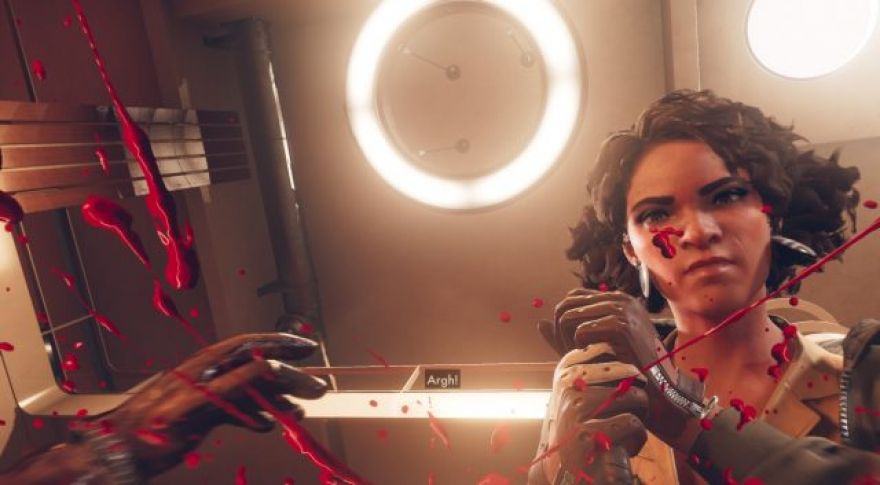
Earlier this month, AMD offered us the chance to preview FidelityFX Super Resolution (FSR) 2.0, courtesy of the game Deathloop. Deathloop is currently the only title to support both versions of FSR as well as Nvidia’s Deep Learning Super Sampling (DLSS), making this an excellent opportunity to take them both out for a collective spin. Despite the name, FSR 2.0 is not an update to FSR 1.0. It’s an entirely new approach that’s designed to bypass some of FSR 1.0’s weaknesses. AMD’s first attempt at this kind of upscaling was based entirely on spatial upscaling and did not use temporal information.

Back in the April AMD made news by saying it was “gonna try to make a big splash with overclocking” with its upcoming Zen 4 CPUs. That would be somewhat of a departure from Zen 3, as it’s not exactly known for its overclocking headroom. Now that Computex has come and gone, we’ve been able to see Zen 4 in action.Despite AMD’s statements, it’s not clear how much the overclocking situation has changed. While Zen 4 clearly allows for overclocking, Zen 3 has never impressed in this regard. Zen 4 may not, either. As a refresher, at Computex AMD showed a prototype 16C/32T Ryzen 7000-series “Raphael” CPU running Ghostwire: Tokyo.

A slide TV manufacturer TCL presented during one of its briefings today has caused no small amount of ruckus online, given that it appears to point towards a next-gen console refresh cycle kicking off next year. There is no evidence that this is actually happening and a great many reasons to think it isn’t. The only companies that know what Sony and Microsoft’s long-term upgrade plans are for the current console generation are Sony, Microsoft, and the company that designs the SoCs, AMD. Anyone else is speculating. Sometimes a peripheral manufacturer or game developer will let something slip, but development knowledge like this is kept under tight wraps and TCL isn’t in the “need to know” category.
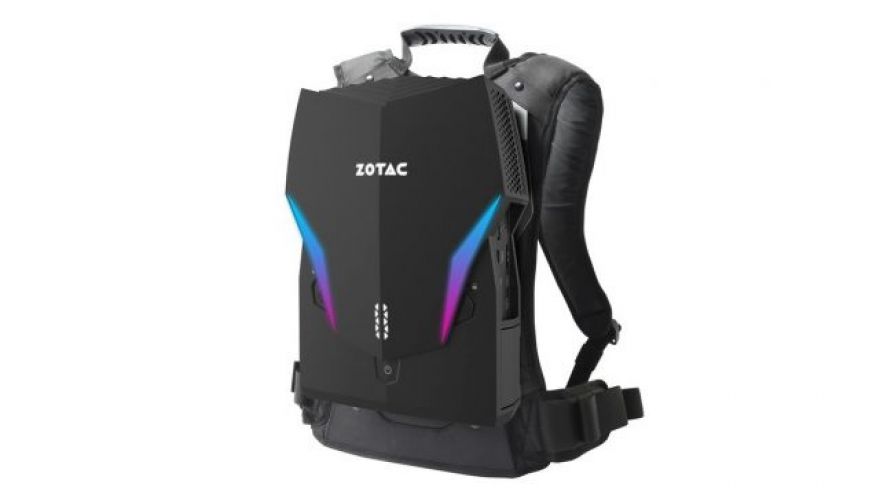
We’ve all been there: We’re in VR but we’re stuck in our living room and unable to take our metaverse experience to the local coffee shop. (Have we all been here? And are we certain we want to go? -Ed) Zotac’s VR GO 4.0 backpack PC is hoping to change that. It’s a full-blown workstation-slash-mobile gaming PC in a backpack form factor. As its name implies, it’s the fourth generation of Zotac’s wearable PCs. It’s essentially a slim PC with a desktop GPU that you can strap to your back. It can sit on your desk like a regular computer, then be unplugged for on-the-go VR gaming.
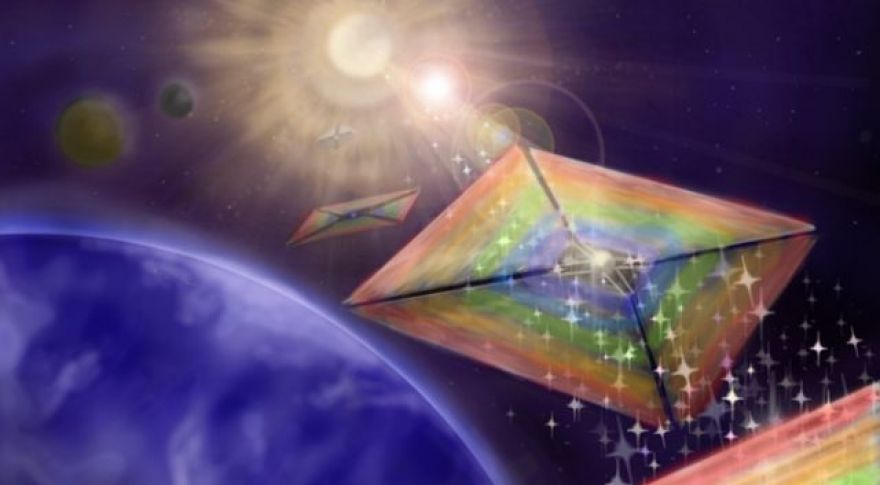
Getting from point A to point B in the solar system is no simple feat, and inefficient, heavy rockets aren’t always the best way. Therefore, NASA has announced it is moving ahead with a new solar sail concept that could make future spacecraft more efficient and maneuverable. The Diffractive Solar Sailing project is under the NASA Innovative Advanced Concepts (NIAC) program, which could eventually lead to probes that use solar radiation to coast over the sun’s polar regions. The concept of solar sails is an old one — they were first proposed in the 1980s. The gist is that you equip a vessel with a lightweight sail that translates the pressure from solar radiation into propulsion.









